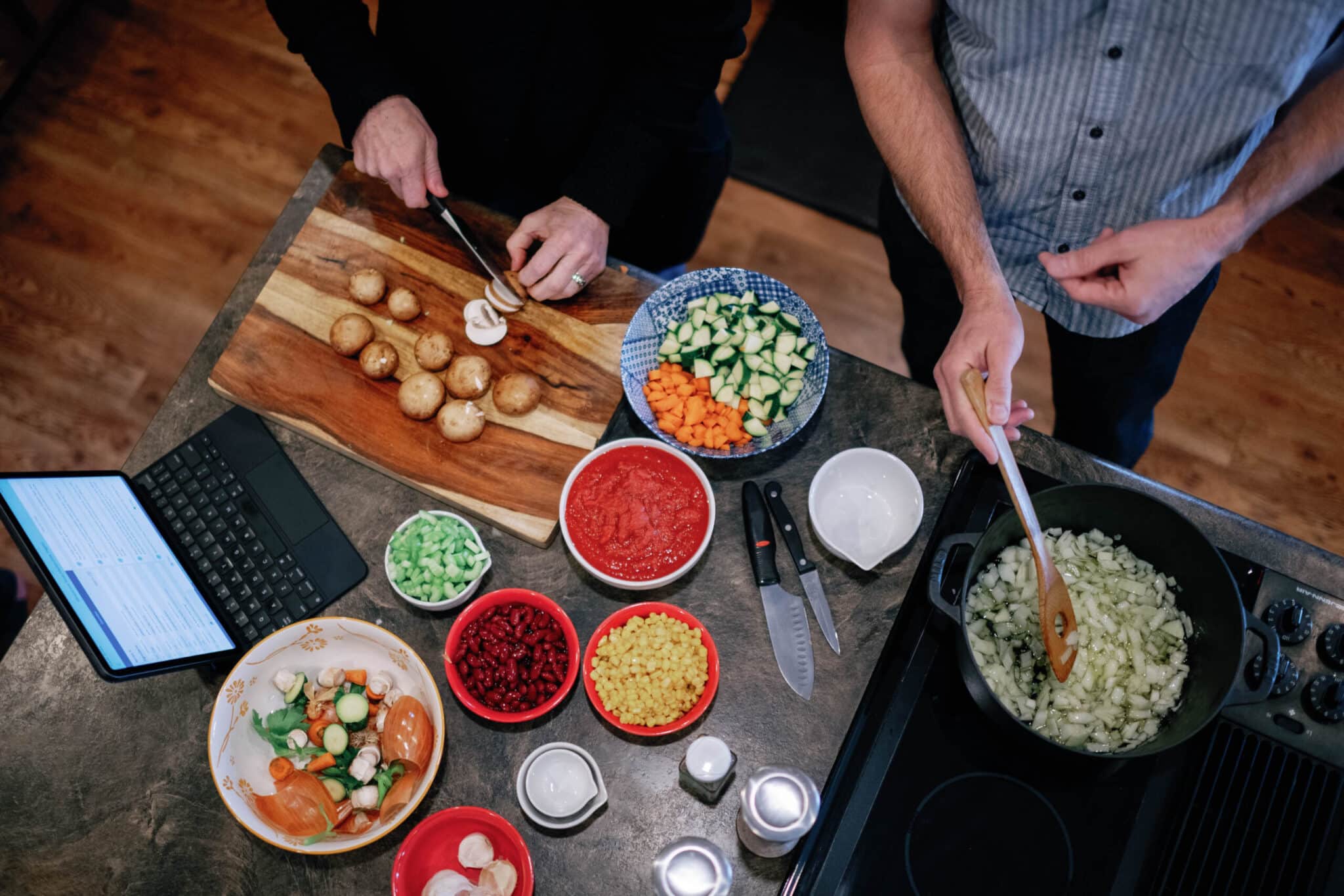Grocery Shopping? Take These 8 Label Claims With a Grain of Salt
You want to make the best choices at the grocery store that fit your meal plan and your budget. Trouble is, the words on food packages don’t always mean as much as you might think. In fact, the front of the package is mostly about marketing, designed to attract your attention and get you to grab it.
Package claims can be confusing at best and misleading at worst. With food prices still high, you want to make sure you’re not spending more for a label that doesn’t mean much. So here are 8 claims to consider carefully:

1. “Natural”
This term makes it sound like there’s something wholesome inside, but it only means that the food or drink doesn’t have anything artificial added, such as synthetic colors or artificial flavoring. It doesn’t have anything to do with how the ingredients were grown or how nutritious it is. You might even see certain kinds of soda and potato chips labeled “natural”.
2. “Multi-Grain”
Whole grains are healthy for us because they’ve got more fiber, vitamins, and minerals than refined ones. But the term “multi-grain” on the label of bread and cereals only means there’s more than one kind of grain in there, not whether those grains are whole or refined. “Made With Whole Grain” deserves a closer look too, since it may contain very little whole grain. If you’re looking for a truly whole-grain item, look for the word “whole” (like whole wheat) in the first ingredient.
3. “Hormone-Free”
If you see this claim on poultry like chicken breasts or ground turkey, don’t be impressed–and definitely don’t pay more for it. That’s because by law, farmers who raise poultry aren’t actually allowed to give their animals growth hormones anyway. The fine print probably reads something like, “Federal regulations prohibit the use of hormones.” Sneaky!
4. “Made With Real Fruit”
Manufacturers will sometimes put this claim and pictures of whole fruit on packages, even if the product contains a few tiny bits of dehydrated fruit or is made with fruit juice concentrate, which is like a form of added sugar. You’re not getting much (or any) of the health benefits of whole fruit.
5. “Made With Sea Salt”
Sea salt is generally less processed than table salt. But nutritionally, they’re about the same. Sea salt typically has larger granules, so it may contain slightly less sodium teaspoon-for-teaspoon. But both salts contain the same amount of sodium by weight and have essentially the same nutritional value.

6. “Less Sugar” or “Reduced Sugar”
Yes, these products may contain less sugar than their regular version or a competing version, which is a good thing. But these days, it’s also commonly used when manufacturers lower the amount of sugar in things like ketchup, oatmeal, or juice–but include low- and no-cal or artificial sweeteners to make up the difference. If you don’t like those sweeteners, scan ingredient lists for terms like sucralose, aspartame, and acesulfame potassium.
7. “Organic”
This does have a strict definition around things like how the animals were raised and what kinds of pesticides were used. But the key is to put it in context. “Organic” can put a “health halo” on just about anything–making that food automatically seem wholesome and superior. But organic candy is still candy.
8. “Clean”
There’s no official definition for the term “clean”. And like “organic”, it can make anything seem like a better choice. “Clean” on a food package might mean there are simple-sounding ingredients or no artificial additives, or that they’ve swapped something like white sugar for honey. It doesn’t mean the product is nutritious or any better than another choice.
While the front of the package is mostly marketing, the ingredient list and nutrition label are better regulated–so that’s the best place to look when comparing products or figuring out what’s best to buy.
Sally Kuzemchak, MS, RD, is a registered dietitian and author who blogs at Real Mom Nutrition, a no-judgement zone about feeding a family.
Facebook/Instagram/Pinterest: @realmomnutrition
